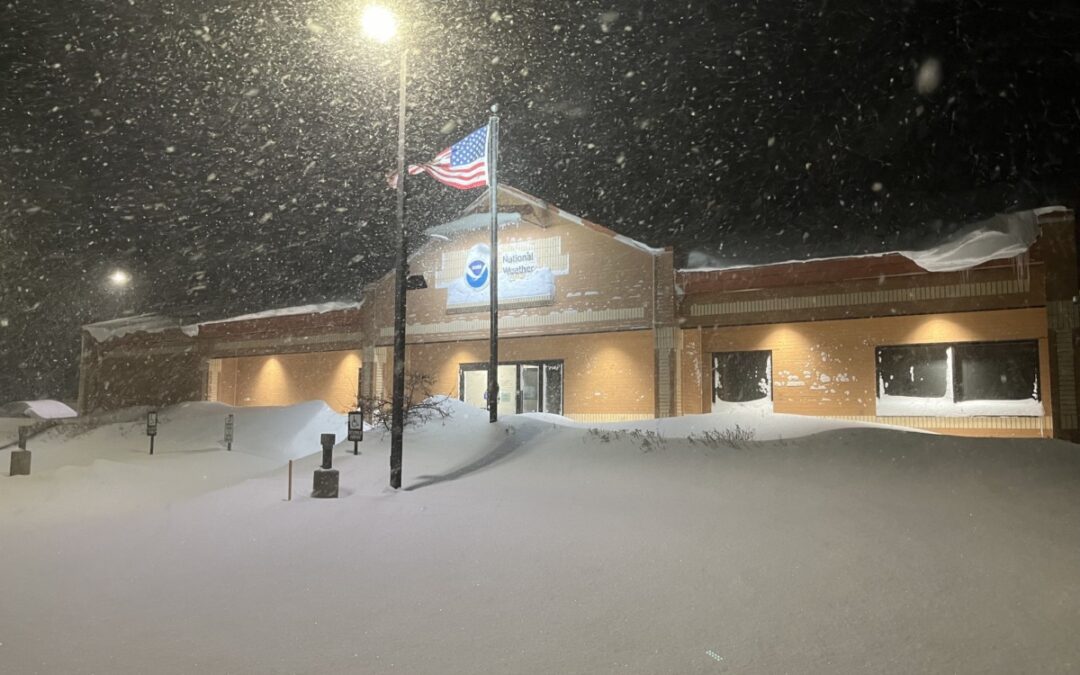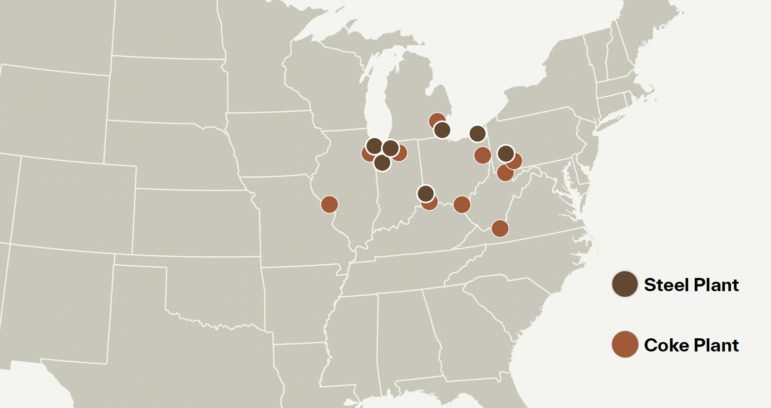
(Image via Canva)
By Kayte Marshall, Capital News Service
LANSING – In Michigan, it only takes a sunny afternoon, a yard full of dead leaves and one bad decision to turn spring cleaning into a wildfire.
That’s why the Department of Natural Resources and the National Fire Protection Association are partnering to encourage homeowners to fight fire with foresight this year.
DNR responded to more than 60 wildfires in the Lower Peninsula in a single recent week, according to department fire prevention specialist Paul Rogers.
“It’s a combination of warm temperatures, relatively low humidity and winds gusting to 25 miles per hour,” said Rogers.
“People want to go out, rake their yards, get all the brush cleaned up and they decide to burn it. When that does escape, they can’t believe how fast it can move. That’s one of the biggest things we hear,” he said.
According to the department, the most at-risk communities are located in pine and conifer-heavy areas, particularly those with jack pine, which are considered the most flammable.
“Jack pines have the most volatility, and when it does start burning, it produces the most heat,” Rogers said.
This year’s ice storm in Northern Michigan left behind a significant amount of debris, which the department says can become fuel for wildfires in the fall and into next spring if not properly cleared.
For the impacted areas, the department recommends taking debris to a designated drop-off site rather than burning it.
“We’re not expecting a lot of fires in that area this spring due to the ice storm, but we are planning for fires that could be really intense this fall and next spring as that material starts to dry out,” Rogers said.
The department encourages residents to focus on what is called “zone zero,” or the 5-foot perimeter surrounding a home.
It’s recommended that residents clear leaves, pine needles and other flammable materials from gutters, decks and the roofline.
For homeowners with pines on their property, it is recommended that branches be trimmed at least 5-to-6 feet above the ground.
“It’s the main area you want to focus on to make it a much more defensible space when the fire department does have to defend your home against a wildfire,” Rogers said.
According to the National Fire Protection Association, homes in suburban neighborhoods face increased risk from the spread of wildfires.
“One home that burns will impact the next home if you’re closer than 100 feet. So it really calls on people to work with their neighbors,” said Michele Steinberg, the wildfire division director for the association, which is headquartered in Massachusetts.
“We’ve seen it happen in Los Angeles, where we saw homes that survived this devastating fire [in January] while their neighbors’ homes did not. That was because those particular homeowners had taken the right steps,” he said.
Research from the association and the U.S. Forest Service shows that embers from a wildfire can travel more than a mile, meaning even homes far from the flames can still be at risk.
“Maybe they’re not going to see the big flames from forest fires, but they will see the embers,” Steinberg said.
DNR recommends that homeowners check with their local municipalities for information on burn permits and online resources found on the department’s page for fire-safe landscaping tips and a statewide map of wildfire activity.

Severe thunderstorms down trees, knock out power to thousands across parts of Great Lakes region
Storms accompanied by deep, booming thunder, lightning displays and powerful winds swept through parts of Wisconsin, Illinois, northern Indiana and...

Budget cuts threaten Great Lakes weather forecasting
By Daniel Schoenherr, Capital News Service LANSING – Proposed federal budget cuts could cripple the ability of Michigan forecasters to monitor...

More goose poop, more problems
By Clara Lincolnhol, Capital News Service LANSING – Chris Compton, the owner of a company called Goose Busters, has spent nearly 30 years addressing...

A key to protecting apples from climate change might be hiding in Michigan’s forests
MICHIGAN—In the quest to make apple trees more resilient in a warming climate, some Michigan researchers are looking for a late bloomer. A native...

Great Lakes region hit hard by steel industry pollution, report finds
By Joshua Kim, Capital News Service LANSING – Pollution from coal-based steel production causes hundreds of premature deaths each year, with people...





